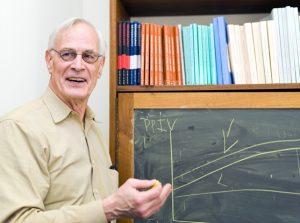James Macinko, UCLA
CCPR Seminar Room 4240 Public Affairs Building, Los Angeles, CA, United States"Self-reported racial identity, genomic ancestry, and health disparities in Brazil: an exploratory study"
Abstract: Health disparities based on skin color/racial identification are present in many societies. In Brazil, studies have shown that people who describe their skin color as other than white (e.g. mixed, black, and/or indigenous) are more likely to report discrimination, are less likely to receive some types of health services, experience higher mortality, and have higher rates of some negative health behaviors. But how should we interpret these disparities given Brazil’s complex, fluid, and changing system of ethnoracial classification and racial identity? This study explores the congruence between genome-wide measures of ancestry and self-reported ethnoracial identify in Brazil and assesses their relationship with 4 health outcomes with distinct etiologies: self-rated health, hypertension, complications from Chagas disease, and all-cause mortality. Preliminary results are discussed in terms of implications for measuring and addressing such disparities in a dynamic multiracial society.













